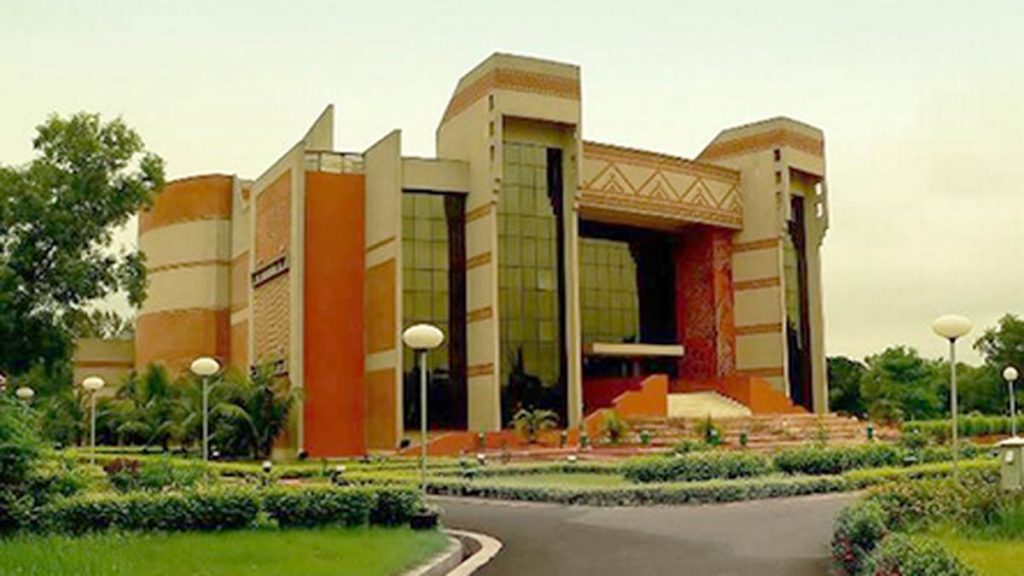Now Reading: Tracing the Origins of India’s Population
-
01
Tracing the Origins of India’s Population
Tracing the Origins of India’s Population

quick Summary
- A 2009 study titled ‘Reconstructing Indian Population History’ by researchers from Harvard, MIT, and CCMB Hyderabad identified two genetically divergent ancestral populations in India:
– Ancestral North Indians (ANI): Genetically closer to people in West Asia, Central Asia, and Europe. Predominantly found in northern states.
– Ancestral South Indians (ASI): Distinctly different from ANI wiht East Eurasian origin. Tribal groups in South India are direct descendants of ASI.
- Migratory patterns of ANI and ASI occurred approximately 3,000-4,000 years ago; genetic admixture between thes groups is now evident across teh country.
- The Andaman-Nicobar tribal communities represent the ‘Ancient Ancestral South Indians’ (AASI), originating around 60,000 years ago without mixing socially or genetically with mainland populations.
- A recent study highlighted a single large migration out of Africa around 50,000 years ago as the root for all Indian populations.
Social Implications:
- Genetic studies connect ancestry to caste structures that have persisted for over two millennia among Hindus. Upper caste individuals typically display higher ANI genetic components compared to lower castes and tribes with stronger ASI links.
- Inter-caste marriages comprise just 6% as per the Census of 2011 but may be increasing due to education and urbanization trends.
Indian opinion Analysis
The findings from genetic research offer critical insights into india’s evolutionary history and social stratification systems while illustrating how population genetics intersects with historical migration patterns. The identification of distinct ancestral roots-based on genome-wide data-underscores India’s extraordinary diversity even at molecular levels.
A broader implication is understanding how ancient migrations influenced cultural practices like caste systems that have perpetuated structural inequalities for centuries. While studies suggest modern shifts prompted by education and urban mobility are slowly altering traditional ethnic divides through inter-caste engagements (6% as per Census), such progress remains incremental.Moving forward, incorporating genomic research into socio-political awareness could facilitate nuanced policymaking aimed at addressing disparities rooted in historical ancestry alignments-without bias or stigmatization. Such work may also contribute to refining public discourse on identity within India’s pluralistic framework.
























